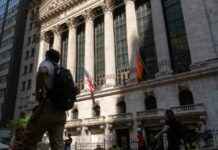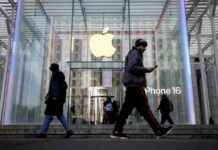China’s industrial production in May increased by 5.6% compared to the previous year, which was lower than the expected 6.0% and a slowdown from April’s 6.7%. Despite this overall slowdown, the equipment and high-tech manufacturing sectors showed strong growth, with outputs rising by 7.5% and 10% respectively.
Fixed asset investment also grew by 4.0% year-to-date compared to the previous year, slightly below the anticipated 4.2%. Notably, property development investment declined by -10.1%, indicating ongoing challenges in China’s real estate market.
On a more positive note, retail sales saw a 3.7% year-on-year increase, surpassing the expected 3.0%. This uptick in retail sales suggests a resurgence in the consumer sector, which could help cushion the impact of the broader economic slowdown.
It is important to note that while there are areas of growth in China’s industrial and retail sectors, the overall economic performance is still facing challenges. The ongoing trade tensions with the United States and the impact of the COVID-19 pandemic continue to pose risks to China’s economic recovery.
Looking ahead, policymakers in China may need to consider implementing further measures to support economic growth and stabilize the real estate market. Stimulus measures and targeted investments could help boost industrial production and consumer spending, ultimately leading to a more sustainable economic recovery.
In conclusion, while there are signs of growth in certain sectors of the Chinese economy, there are also areas of concern that need to be addressed. By carefully monitoring these developments and implementing appropriate policy responses, China can navigate through these challenges and work towards a more stable and resilient economic future.
















